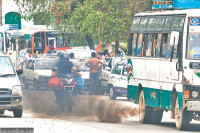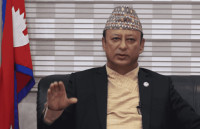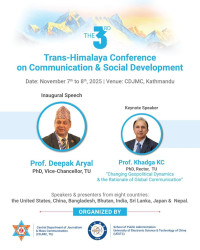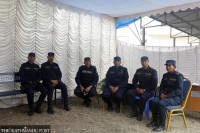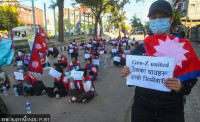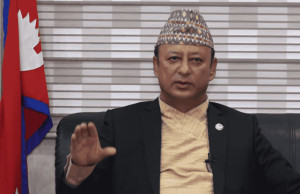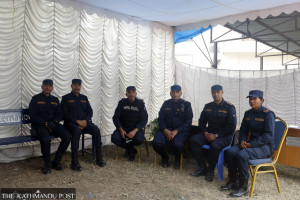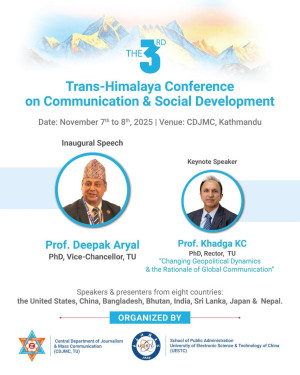Valley
Private medical colleges warn of hospital closure
Owners of private medical colleges have decided to shut down their hospital services from Tuesday to bar the government from implementing the Mathema-committee recommendation on a fee ceiling of Rs 3.5 million and limiting MBBS seats to 100.
Manish Gautam
Owners of private medical colleges have decided to shut down their hospital services from Tuesday to bar the government from implementing the Mathema-committee recommendation on a fee ceiling of Rs 3.5 million and limiting MBBS seats to 100.
Although the owners say they want a ‘scientific fee ceiling’, they have been lobbying for the fee structure to remain unregulated as it is right now providing a leeway for owners to charge upto Rs 5 million for five-and-half year MBBS course.
The reaction from private medical school owners comes close on the heels of the government’s commitment to Dr Govinda KC to implement the Health Profession Education Policy on Saturday. The government has committed to set the fee ceiling at Rs 3.5 million for MBBS courses while this shall be reviewed immediately in the next year. After then, it will be revised every two years as per inflation. Also, the other agreement states that the government will gradually limit the MBBS seats to 100 in the next three years—limiting the seats to 135 then to 115 and to 100.
Dr Suresh Kanodiya, acting president of Association of Medical and Dental Colleges of Nepal, said they cannot sustain their colleges at such a cheap rate. “We want the fee ceiling to be scientific. If the report claims that their rate is scientific, they should produce its background,” he said.
There are 19 private medical and dental colleges, and a majority of them have been charging exorbitant fees from students. Apparently, the hullabaloo following the regulation is due to decreased profit for the colleges.
“Colleges are running entirely on the money deposited by students,” said Dr Bhagwan Koirala, a member of the Mathema-committee.
As a majority of the private medical colleges have over 100 medical seats allocated by Nepal Medical Council, they tend to accrue their profit by charging hefty fees from students. An example of the accumulation came to fore when students from Janaki Medical College staged protest demanding resumption of classes in Kathmandu as many students had paid around Rs four million to Rs 4.5 million to get into the medical school.
The situation is no better for Post-Graduate students. They are charged up to Rs 12 million for getting into certain specialist course including radiology.
Since each student should appear examination of Tribhuvan University and Kathmandu University, the prior of booking of students in private medical schools regardless of their names in merit list is also commonplace. This, experts worry, will make medical education accessible only among people with money.
“Opening a medical college is perhaps the most lucrative business with an immediate profit,” said Dr Koirala.




 23.12°C Kathmandu
23.12°C Kathmandu
